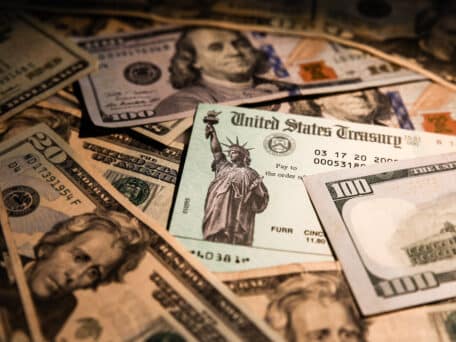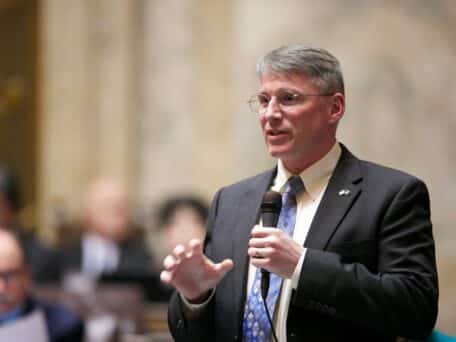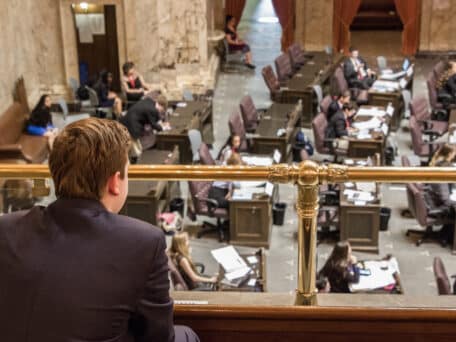Jay Inslee loves to talk about how he helped pass Initiative 937, even thought he was in Congress at the time, and had done little there to distinguish himself. It was his first public move to really ingratiate himself with the extreme green groups in our state that would give him campaign cash in the future.
Perhaps because it was misnamed the Energy Independence Act, voters passed Initiative 937 in 2006. The initiative requires large utilities to acquire at least 15 percent of their power from renewable resources by 2020. The law also requires the utilities to “actively promote” energy conservation among customers.
Unfortunately for Washington consumers, Inslee and the enviro extremist who wrote I-937 said that hydro-electric power – you know, water running downhill through dams – was not renewable.
Inslee is obsessed with the initiative. He relies on the specifics of the law to justify about all his extreme “green” plans for our state.
That’s why it should come as no surprise that when faced with a bi-partisan clean-energy bill that sought to help local businesses further reduce greenhouse gas emissions by applying a slight change to the initiative, Inslee chose to veto it.
Senate Bill 6166, sponsored by Democrat state Senator Dean Takko, would have “updated a complex law to offer benefits for KapStone and other mills with recently upgraded biomass facilities.” With strong bi-partisan support, the bill easily passed both the House and Senate.
The bill would have encouraged the biomass industry to make investments to reduce greenhouse gas emissions. The Daily News explains,
“Like many paper mills in Washington, KapStone generates much of its own power by burning wood chips and waste from paper making. This “biomass” power already is a considered a form of renewable energy under state law.
“Under voter-approved Initiative 937, utilities this year must have 9 percent of their electric loads supported by renewable energy resources, or they can purchase renewable energy credits in lieu of that.
“Mills can sell those renewable energy credits on the open market if their biomass facilities were built after 1999. This excludes KapStone, which has boilers and furnaces dating back to the 1950s and 1960s. Takko’s bill would have amended the law so that any mill that made significant upgrades to biomass facilities after 1999 could sell renewable energy credits.”
KapStone won an industry sustainability award for cutting its overall energy use at its Longview mill by 37 percent and reducing its greenhouse gas emissions by 72 percent leading up to 2013. The company could have used the money made from selling renewable energy credits to make significant upgrades that would have helped its efforts to further reduce greenhouse gas emissions.
But, Inslee doesn’t like the clean-energy approach because it isn’t the kind of clean energy that rewards his campaign donors. Our green governor did not want the bill to “undercut the competitiveness of new wind and solar energy projects.”
So, he vetoed it.
It’s just another example of Inslee’s true extreme “green” priorities. For our green governor and others on the far-Left, it’s not about actually working to reduce carbon emissions. Rather, it’s about achieving an extreme ideal of what “green” energy looks like.




